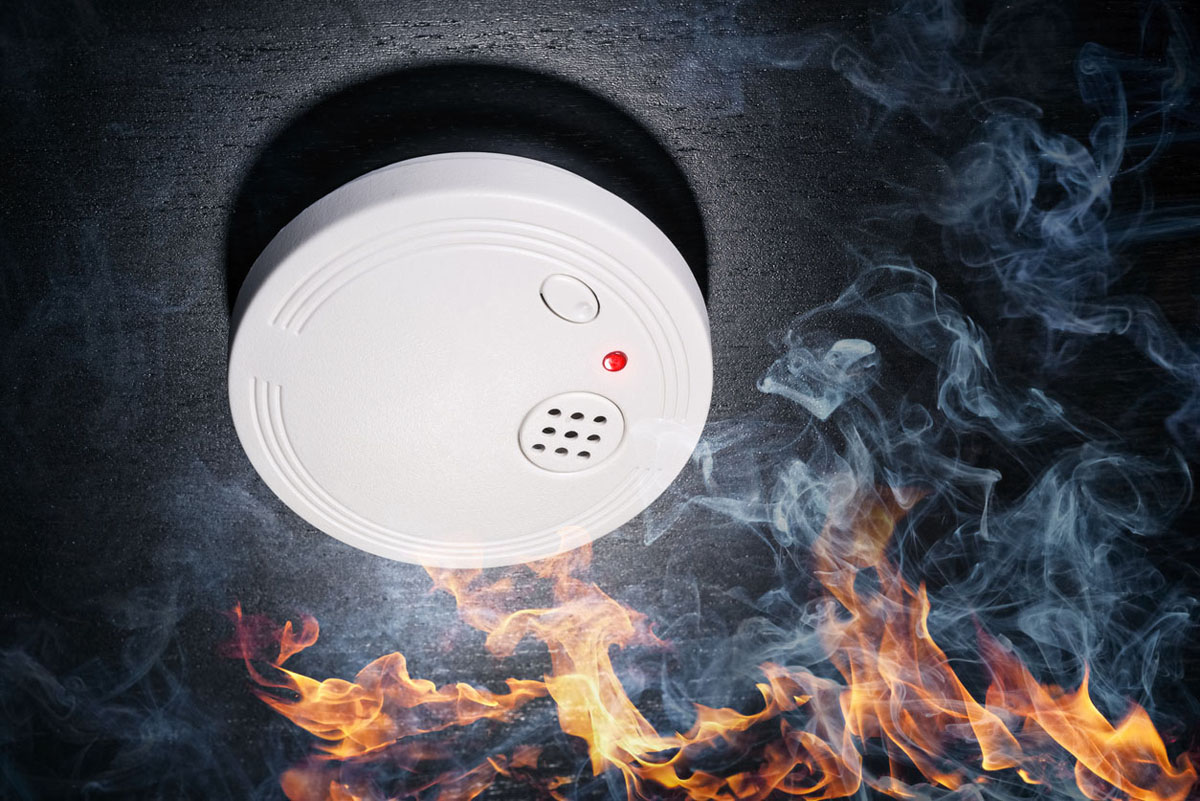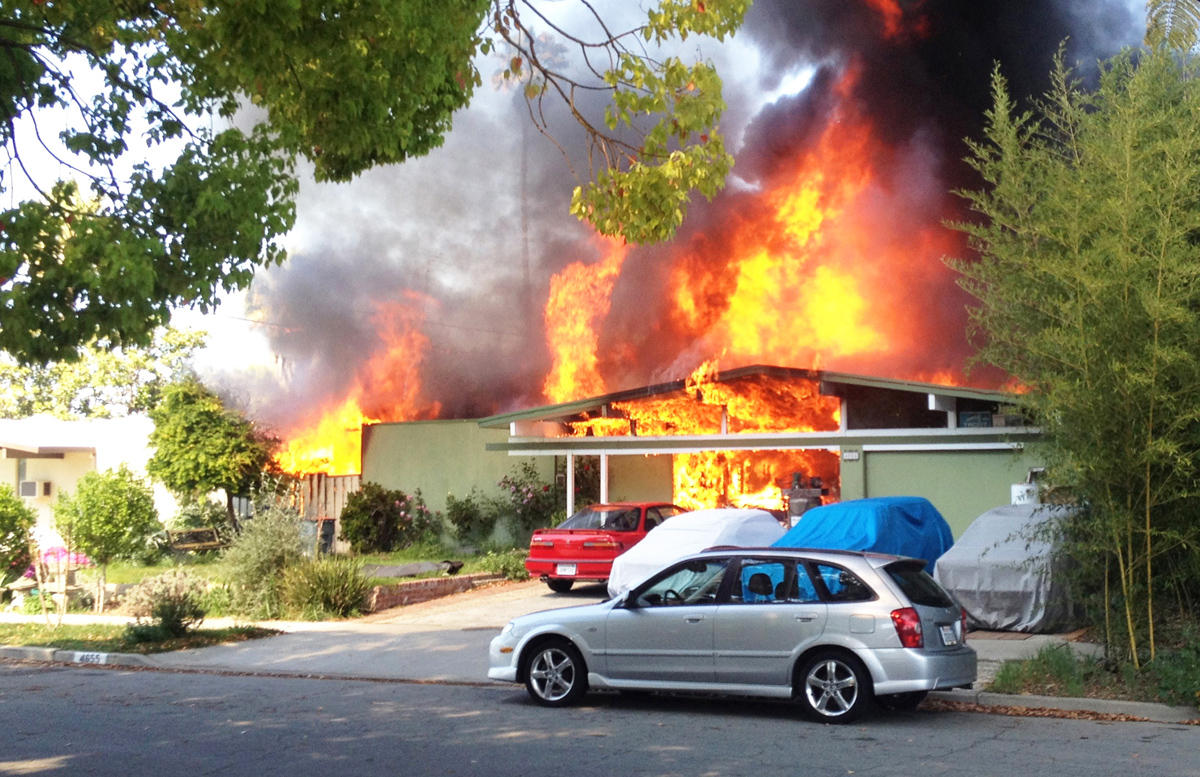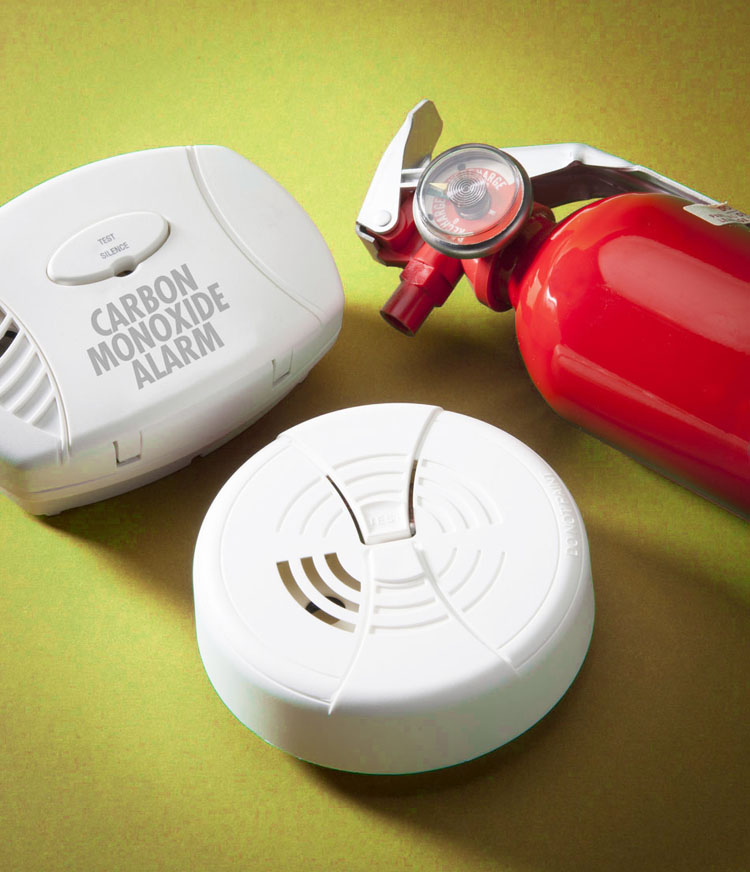Detectors Do Save Lives
 |
|
|
Considering the potential consequences, it seems both remarkable and tragic that more than four million homes in the United States have no smoke detectors in them.
Ever since the first single-station detectors were sold in this country in 1971, countless lives have been saved by these simple devices, yet Americans die nearly everyday in fires that could have been detected lifesaving minutes earlier.
This tragedy exists despite the alarms' increase in effectiveness, and tumble in price, from an initial $125 to the current models as low as $20.
California homes built since August 1992 are required to have hardwired alarm systems that signal smoke and carbon monoxide, but many older residences, including our mid-century modern homes, are among those without such critical built-in protection. Furthermore, many homeowners are ignorant of the local, state, and federal laws requiring either hardwired or battery-run alarms, according to two veteran Eichler home contractors consulted on the issue.
 |
|
|
"A lot of people think you don't need to have them," comments Tyler Larson, second-generation head of East Bay-based Larco Construction Services, adding, "It seems a lot of people don't know [much] about them."
"Most of the time, we bring it up to them," agreed Tiffany Truong, COO of Keycon Inc. in Mountain View. Truong works with clients on estimating projects and observes, "Eighty percent of them [don't] know they have to be up to code and what the code should be."
While the legal exposure associated with detectors is secondary to their lifesaving potential, part of the issue is that the laws are rarely prosecuted unless a fire occurs, while most of the hundreds of federal regulations tied to alarms have only voluntary compliance. Alarms can legally and practically be installed by homeowners, but there is more to consider than just the DYI discount.
 |
"There's a whole, mile-long list of dos and don'ts when it comes to detectors," says Larson, who worked at Larco for 20 years before taking over management in 2020. For example, he understated, improperly placed or installed detectors "can be a bit finicky."
As for building permit requirements in the Bay Area, Truong said, "It depends on the city."
Most government jurisdictions call for smoke detectors on every floor and in every bedroom and adjacent hallway. Carbon monoxide detectors are generally required on each story of any dwelling with an attached garage or fuel-burning heaters or fireplaces.




